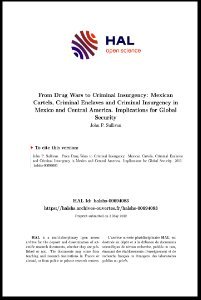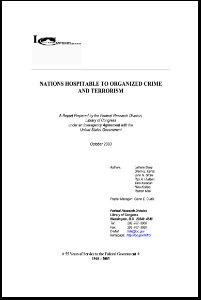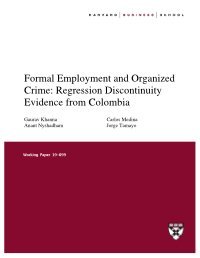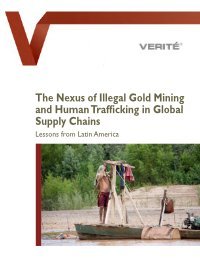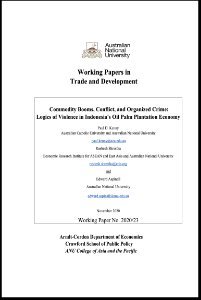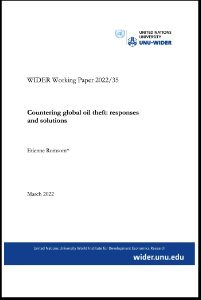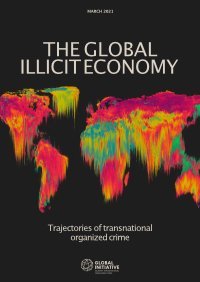By Lucia Bird
On 1 February 2022, gunshots at the governmental palace in Bissau signalled the beginning of a reported failed coup attempt in Guinea-Bissau, a country long known for its prominent role in international cocaine trafficking. Had the incident resulted in a military overthrow of power, it would have been the fifth successful coup in Guinea-Bissau’s history, and also the fifth coup in West Africa in the preceding 12 months, hot on the heels of the seizure of power in Burkina Faso in late January.1 Hours after the gunfire had begun, President Umaro Sissoco Embaló addressed the press, condemning the incident and declaring the perpetrators had failed. In press statements, he indicated that those behind the attack were involved in the drugs trade.2 This implication appeared to echo history: a 2012 coup in Guinea-Bissau was so clearly motivated by competition for control over the country’s lucrative cocaine markets that it has been dubbed the ‘cocaine coup’.3 The nature of the February attack, and the identity of the perpetrators, is still unclear – as explored further below. However, arrests announced by the government following the attack include individuals with known links to the cocaine trade – most prominently Admiral Bubo Na Tchuto – underscoring the drug connection implied by the president. Guinea-Bissau is a key entry point for cocaine into West Africa, a region that operates as a transit point on international cocaine trafficking routes between cultivation countries in Latin America and consumer end-markets in Europe. The country has played an important role in international cocaine trafficking dynamics since the late 1990s. The close involvement of Guinea-Bissau’s political-military elite in the cocaine market over the years has been a critical factor in Guinea-Bissau’s repeated cycles of political turmoil. In turn, profits from the cocaine market have bankrolled a remarkably resilient elite protection network composed of elements of the state infrastructure. Guinea-Bissau is at a critical juncture once again. The curious February incident has brought to the fore the country’s cyclical tendency towards political volatility, and the president has deemed the country to be in ‘political crisis’ and dissolved the National Assembly. This report explores the role, past and present, of the cocaine trade both as a driver of political instability in the country and as a source of resilience for elite power-sharing arrangements.
Geneva: Global Initiative Against Transnational Organized Crime, 2022. 50p.













